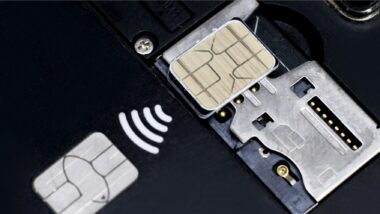The growth in wearable adoption in the UK is impressive. Contactless payments now make up 1 in 7 sales, and worldwide wearable device sales will climb 18 percent in 2016 to 275 million units according to Gartner. With fitness bands and contactless payments taking the UK by storm, we’re both realising the potential of the quantified self, and adding real world functionality to these devices.
To continue to build on this momentum, we need to build consumer trust that the data being collected and sent across networks is secure. New technology is always treated with scepticism and we’ve seen the reaction when companies fall short when it comes to customer data security.
Wearable data is also much more valuable than credit card numbers. Dell SystemWorks suggests that it could be up to 10 times as valuable as it often contains addresses, dates of birth and other personal details. Also wearable technology is starting to contain more complex information like text messages and images which could make it more attractive to thieves.

And all this is before we consider that wearable devices are going to get more sophisticated in the coming years. For example, in the field of health, we’ll soon be monitoring more patient critical data, and wirelessly enabling life-saving devices like pacemakers and insulin pumps. The industry cannot afford for wearables to be compromised—especially at this early stage in their lifecycle.
In the rush to get on board with the revolution, it’s imperative that manufacturers and developers do not consider security as an afterthought. These devices and services need to be secure by design. In addition, the cloud infrastructure that increasingly stores the data must also be tightly secured. Of course, not everything needs securing to the maximum degree, but a sensible first step must be to do a risk evaluation, and work out ways in which people can exploit a product or service. It cannot be understated that malicious users and hackers can be extremely creative to this end. Being aware of what could potentially be at risk is vital.

With the wearable market growing at such a pace, we’re seeing fierce competition between various manufacturers who are trying to differentiate themselves with new features. This competition is driving innovation with new functionalities such as payment, transport, and even corporate applications to keep users engaged. This new found stickiness will help the industry overcome certain sentiment in some quarters that wearables are put in the draw after a few months once the novelty and initial excitement has worn off.
If devices are secure by design, trust and adoption will build, and we should quickly see more complex applications being developed for wearables. In the future biometric authentication will make the use of wearable for payment, identification, digital signature even more convenient and easier. All this will ultimately make wearables more valued by consumers. We know the appetite is there, now is the time for the industry to allow innovation to soar.
Gemalto is exhibiting at the Wearable Technology Show, London.


